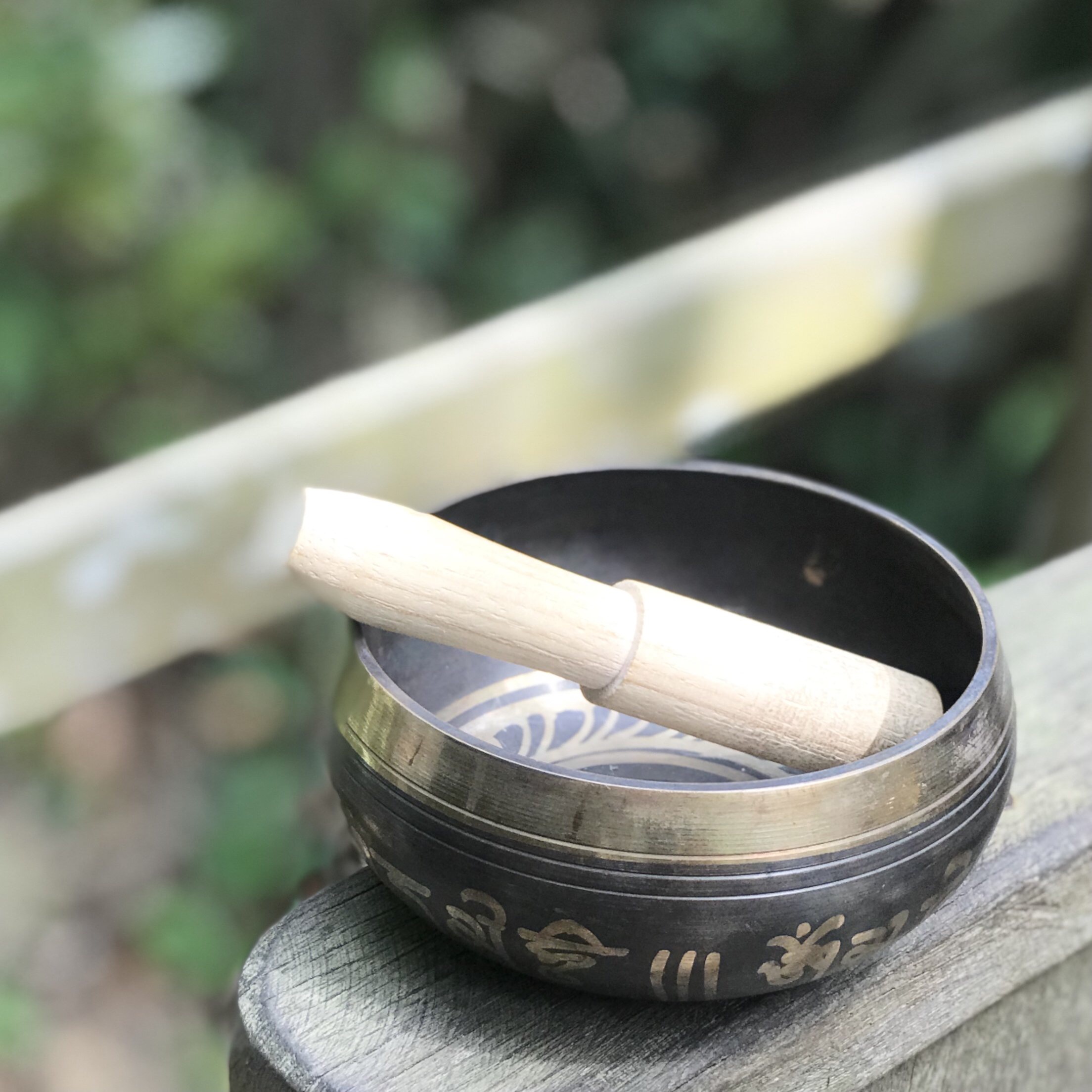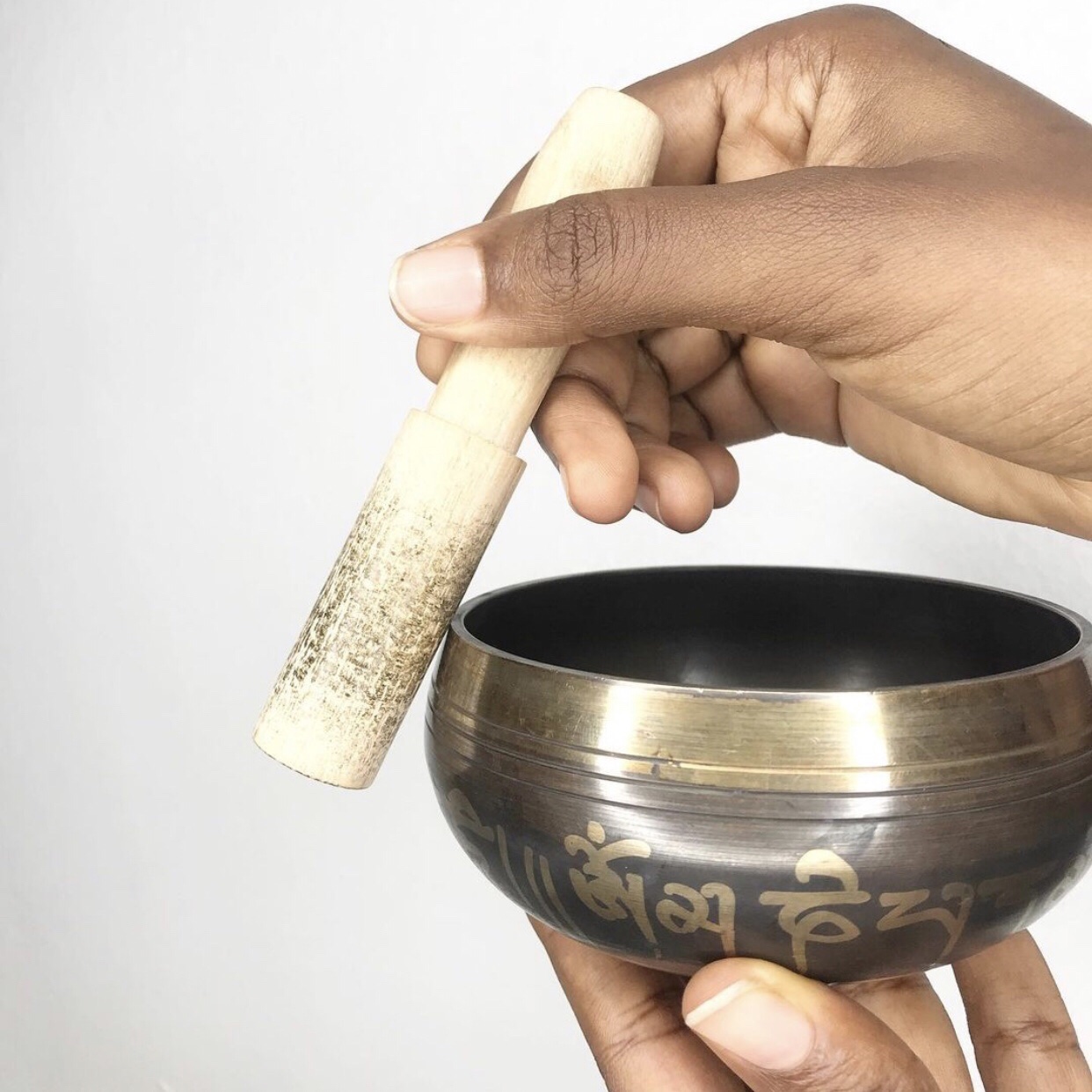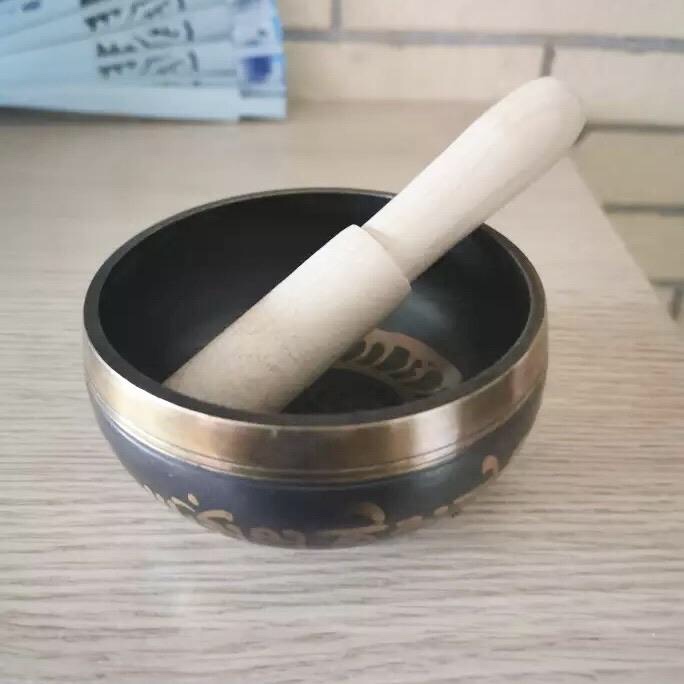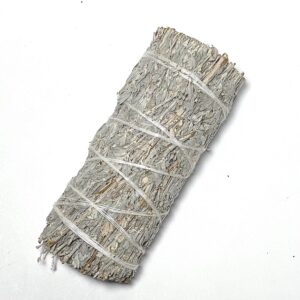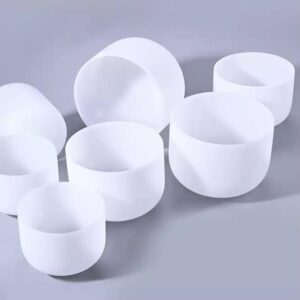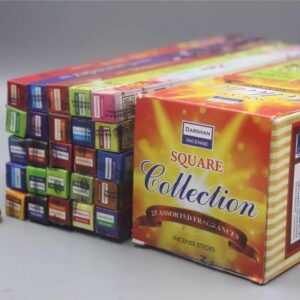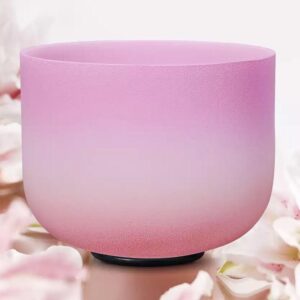Tibetan Singing Bowl: Overview, Benefits, and Use
A Tibetan singing bowl is a traditional instrument originating from the Himalayan regions of Tibet, Nepal, and India. It’s made from a combination of metals (commonly seven, representing celestial bodies), producing deep, resonant tones when struck or played. These bowls are deeply tied to spiritual practices, meditation, and sound healing.
Unique Features of Tibetan Singing Bowls
1. Material: Traditionally crafted from 7 metals (gold, silver, mercury, copper, iron, tin, and lead), symbolizing the sun, moon, and planets.
2. Sound: Produces rich, layered vibrations and overtones, which are believed to facilitate healing and relaxation.
3. Design: Often engraved with spiritual symbols, mantras (like Om Mani Padme Hum), or decorative patterns.
Benefits of Tibetan Singing Bowls
1. Promotes Deep Relaxation
• The calming vibrations create a meditative and peaceful state.
• Helps release stress and tension in the body and mind.
2. Supports Meditation
• The tones act as a focus point, helping practitioners maintain attention and mindfulness.
• Deepens meditative states and enhances inner awareness.
3. Balances Chakras
• Each bowl’s vibrations correspond to specific chakras, helping to clear energy blockages and restore balance.
4. Aids in Healing
• Vibrations penetrate the body, promoting cellular healing and energy alignment.
• Can alleviate physical pain, headaches, and muscle tension.
5. Improves Sleep
• The calming tones help soothe the nervous system and encourage restful sleep.
6. Enhances Spiritual Connection
• Often used in rituals and ceremonies for energy purification and spiritual growth.
How to Use a Tibetan Singing Bowl
1. Striking the Bowl
• Hold the bowl in your non-dominant hand or place it on a cushion.
• Use the mallet to gently strike the outer edge to produce a clear tone.
2. Playing the Bowl
• Hold the mallet firmly but lightly.
• Place it against the outer rim and circle it clockwise with consistent pressure.
• Gradually increase the speed until you hear the bowl “sing.”
3. Chakra Healing
• Place the bowl near the specific chakra you want to work on.
• Strike or play the bowl, focusing on the vibrations and their effects on the energy center.
4. Space Clearing
• Walk around a room, striking the bowl lightly to cleanse negative energy.
• Focus on areas where energy feels stagnant or heavy.
5. Guided Meditation or Sound Bath
• Incorporate the bowl’s sound to lead guided meditations.
• Use multiple bowls to create a harmonic and immersive sound bath experience.
How to Choose a Tibetan Singing Bowl
1. Size:
• Small (4–6 inches): High-pitched sounds, portable, ideal for beginners.
• Medium (7–9 inches): Versatile tones, suitable for chakra work and general use.
• Large (10+ inches): Deep, grounding tones perfect for sound baths and group sessions.
2. Sound Quality:
• Strike the bowl to test its tone, resonance, and sustain. Choose one that resonates emotionally.
3. Craftsmanship:
• Authentic Tibetan bowls are handmade, often with slight imperfections that add character.
• Avoid mass-produced or machine-made bowls for spiritual practices.
4. Intent:
• If you aim for specific healing (e.g., chakra work), consider bowls tuned to corresponding notes.
Care and Maintenance
1. Cleaning: Use a soft cloth to wipe the bowl after each use. Avoid harsh chemicals.
2. Storage: Keep the bowl in a dry, safe space to prevent damage or tarnishing.
3. Energetic Cleansing: Regularly cleanse the bowl’s energy by playing it, smudging it with sage, or placing it in sunlight.

